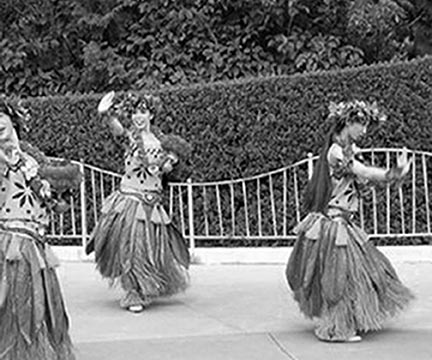 Moving on – in the last post we talked about listening and learning. Distancing yourself from your work and actually listening to the critique commentary can truly be enlightening. It’s like getting an education without going to school and you can apply any or all of the information to make your own images better.
Moving on – in the last post we talked about listening and learning. Distancing yourself from your work and actually listening to the critique commentary can truly be enlightening. It’s like getting an education without going to school and you can apply any or all of the information to make your own images better.
Recently I was preparing a handout for a class I’m teaching at the Crocker Art Museum in Sacramento. No matter what the topic of my classes, workshop or presentations – they all have cross-over information that involves both words and pictures.

ORIGINAL IMAGE (notice the man’s head)
This particular handout was about fine-tuning. For the purpose of illustration, I made-up a story about why the fire department was called to a Hawaiian music festival. I used a Bing free creative commons image (credit to the photographer whose name I could not find) to illustrate the story. If the story were true, the author/photographer might have intended to send it to the local newspaper or hula dance group for their newsletter or website.

Cropped image (head removed)
This critique lesson is two-fold: 1) Make it easy for the reader or viewer – ‘edit’ out all unnecessary words and ‘crop’ distracting information from the photo.
2) If you are including a color photo that will likely be reproduced in black and white (i.e. a press release for a print newspaper or newsletter), avoid referencing a color (by name) in the text. Example: “An older gentleman in the back of the audience saw the bright orange hula skirts swishing in the air and thought the dancers costumes had caught on fire.”
 If the story and image were destined to be reproduced in black and white, you could deliver a similar message by rewording the text to read, “An older gentleman in the back of the audience saw the hula skirts swishing in the air which reminded him of flames, and he thought the dancers costumes had caught on fire.”
If the story and image were destined to be reproduced in black and white, you could deliver a similar message by rewording the text to read, “An older gentleman in the back of the audience saw the hula skirts swishing in the air which reminded him of flames, and he thought the dancers costumes had caught on fire.”
The story is more colorful using the words ‘bright orange’ (and it might make people laugh), but eliminating those words still delivers the message.
A good story is better with a visual, but both should be able to stand alone. Edit, crop, let it rest, then revisit with fresh eyes.
Next month is Part 3 “Using Critique Techniques to Select Photos for Contest Entries” of the three part series “About Critiques.”
